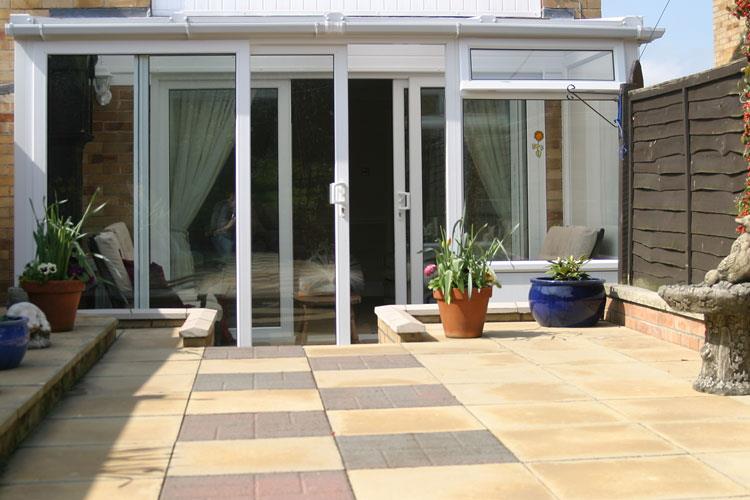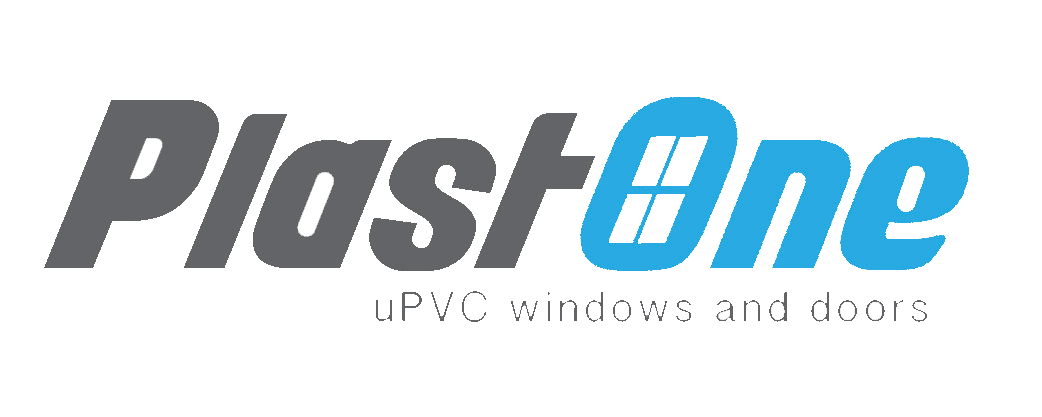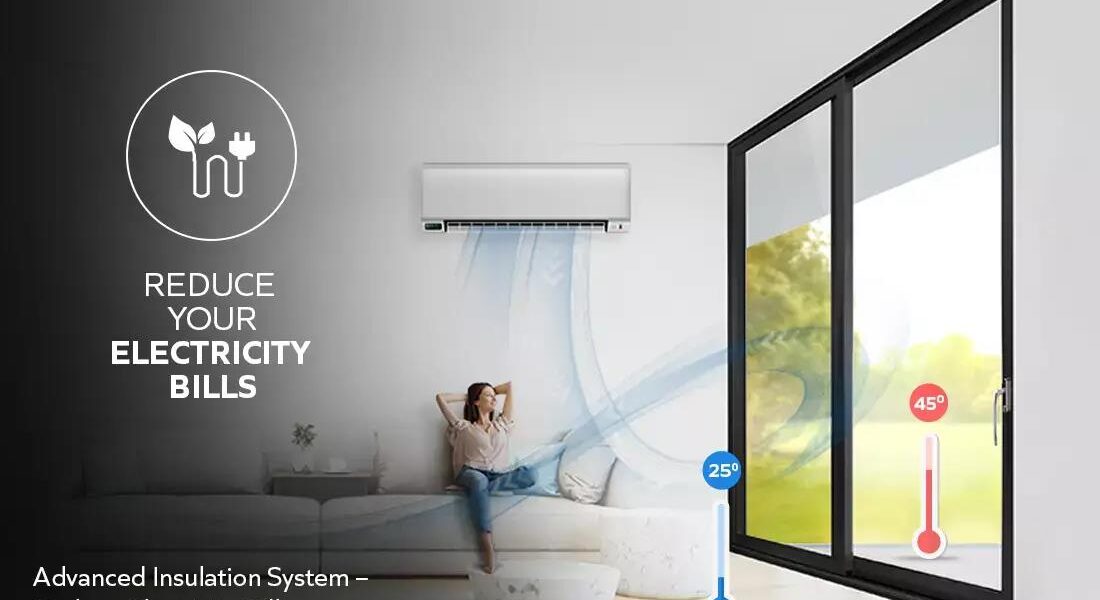In today’s world, energy efficiency is more than just a trend—it’s a necessity. As homeowners and businesses seek ways to lower energy consumption and reduce utility bills, uPVC windows and doors have emerged as a leading solution. Unplasticized polyvinyl chloride (uPVC) is not only durable and low-maintenance but also a game-changer in energy conservation. Let’s explore how uPVC windows and doors help save energy while enhancing the comfort and sustainability of your space.
1. Superior Insulation for Temperature Control
One of the standout features of uPVC windows and doors is their exceptional insulation properties. Unlike traditional materials such as wood or aluminum, uPVC does not conduct heat efficiently. This low thermal conductivity minimizes heat transfer between the interior and exterior of your building, keeping indoor spaces cool during summer and warm during winter. As a result, you rely less on air conditioning and heating, significantly reducing energy consumption.
2. Compatible with Double and Triple Glazing
uPVC frames are designed to accommodate double or triple-glazed glass, which enhances their energy-saving capabilities. The layers of glass trap air between them, creating a thermal barrier that prevents heat exchange. This feature not only stabilizes indoor temperatures but also reduces the workload on HVAC systems, leading to lower energy bills.
3. Airtight Sealing Prevents Energy Loss

High-quality uPVC windows and doors come with precision-engineered seals that ensure airtight closures. These seals prevent air leaks, a common issue with poorly fitted windows and doors. By keeping drafts out and conditioned air in, uPVC installations maintain a consistent indoor climate, further reducing the need for additional heating or cooling.
4. Noise Reduction with Energy Benefits
uPVC windows and doors also excel in soundproofing, creating a quieter indoor environment. While this is primarily a comfort feature, it indirectly contributes to energy efficiency. A well-insulated space that blocks external noise often indicates minimal gaps and leaks, which translates to better energy retention.
5. Durable and Long-Lasting Materials
The durability of uPVC means that these windows and doors have a long lifespan, reducing the need for frequent replacements. This longevity not only saves resources but also the energy associated with manufacturing, transportation, and installation. Additionally, uPVC is recyclable, making it an eco-friendly choice.
6. Weather Resistance for Consistent Performance

uPVC windows and doors are designed to withstand extreme weather conditions without warping, rotting, or corroding. This resistance ensures consistent performance over time, helping maintain energy efficiency regardless of environmental factors.
Why Choose uPVC for Energy Efficiency?
Investing in uPVC windows and doors is a practical step toward energy conservation and sustainability. Here’s a quick recap of their energy-saving benefits:
- Reduced energy bills due to superior insulation.
- Enhanced indoor comfort with minimal reliance on HVAC systems.
- Long-lasting performance that reduces the environmental impact.
- Compatibility with advanced glazing options for optimal energy efficiency.
Conclusion
Incorporating uPVC windows and doors into your home or office is more than a design choice; it’s a commitment to sustainability and cost savings. These modern solutions provide a seamless blend of style, durability, and energy efficiency, making them an excellent investment for any property.
Discover how uPVC windows and doors can transform your space into an energy-efficient haven. Choose quality, choose sustainability—choose uPVC for a greener future.


